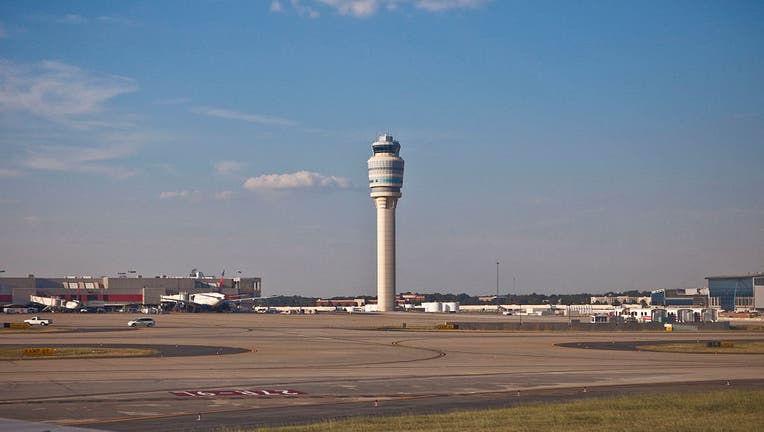The month of October has started with mild cold in Delhi-NCR. But along with the pink cold, pollution has emerged as a big problem in the country’s capital Delhi. Delhi government has become active before time. Kejriwal government has made a winter action plan to ensure that the air quality of Delhi-NCR does not deteriorate. The Commission for Air Quality Management (CAQM) has implemented the Graded Response Action Plan (GRAP) from October 1. Compared to last year, there is a decrease in the level of pollution. Delhi has recorded the best improved AQI for the time frame of January-September 2023.
This is better than the period of last six years i.e. 2016 to 2023 (except Covid affected 2020). The daily average AQI of Delhi has been recorded at 167 in the period January-September 2023. Talking about the last four years, i.e. 184 AQI was recorded in 2022, 180 in 2021, 188 in 2019 and 193 AQI was recorded during the same period in 2018.
Average AQI of Delhi was recorded at 151.
If we look at the air quality index of today (3 October), the average AQI of Delhi was recorded at 151 at 12 noon. If we talk about Delhi’s Jawaharlal Nehru Stadium (79) and Ashok Vihar (100), the lowest AQI was recorded here. Highest AQI level was seen in Mundka. 240 was recorded here and 215 in Dilshad Garden.
Between 301 and 400 it is considered ‘very bad’
Talking about AQI, AQI between zero and 50 is considered better. Whereas in the good category it would be between 51 to 100. Between 101 and 200 is considered ‘moderate’. AQI between 201 and 300 is considered ‘bad’. Between 301 and 400 it is considered ‘very bad’. Whereas AQI between 401 to 500 is considered very serious. GRAP is considered the first stage. Air Quality Index i.e. AQI is expected to be more than 200.

















































